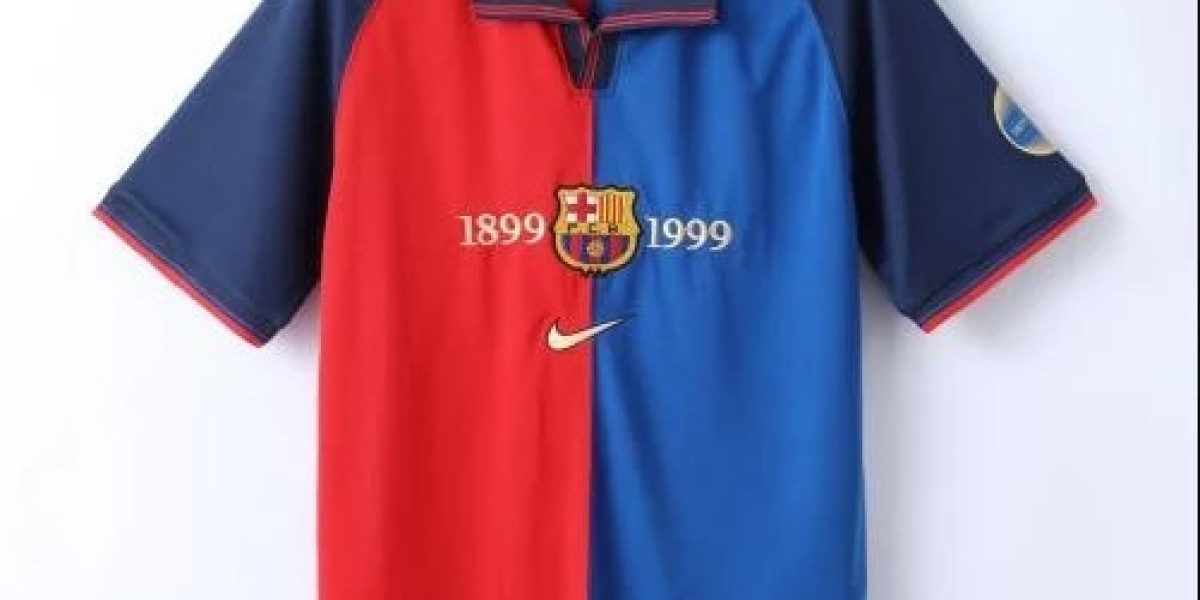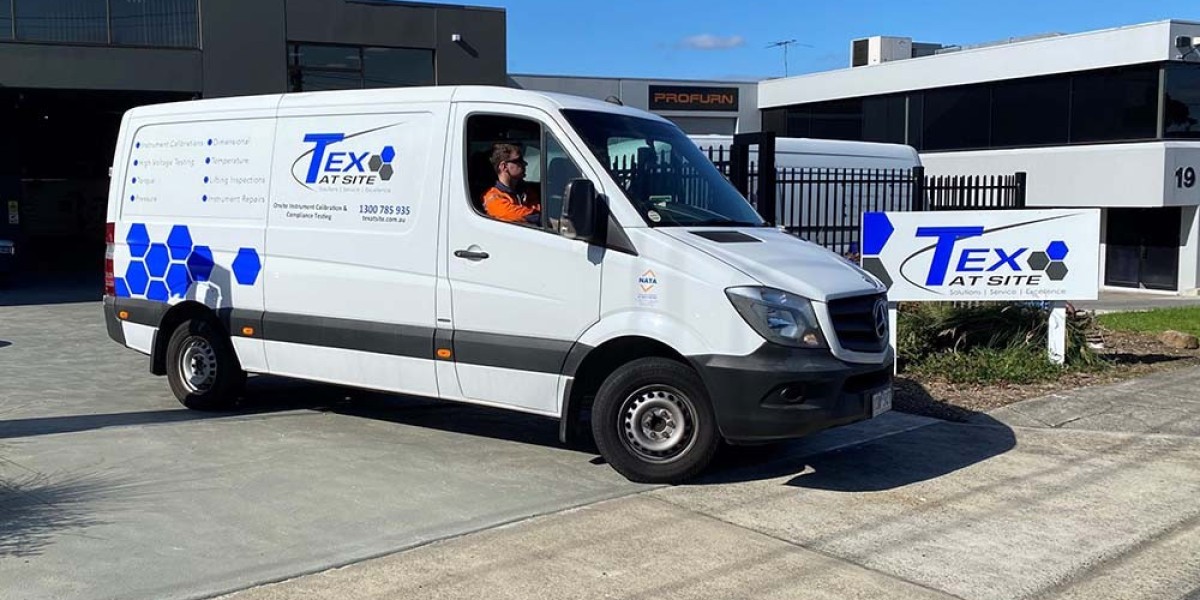Heat Press Transfers have become a staple in the world of custom apparel, offering an easy, efficient, and versatile way to create vibrant designs on T-shirts, hoodies, hats, and more. Whether you’re running a full-scale print shop or creating DIY projects at home, heat press transfers allow you to produce professional-grade designs with minimal setup and equipment.
This guide will explore everything you need to know about heat press transfers, from the different types available to the application process and practical tips for success.
What Are Heat Press Transfers?
Heat press transfers are pre-made designs or graphics that can be applied to garments and other items using heat and pressure. These transfers are printed on special transfer paper or film and are bonded to the fabric when heated.
The process requires a heat press machine, which ensures consistent heat and pressure for a precise, long-lasting application.
Types of Heat Press Transfers
There are several types of heat press transfers, each with unique characteristics and applications:
DTF (Direct-to-Film) Transfers
Best for: Full-color, photo-realistic designs
How They Work: The design is printed onto PET film using CMYK and white inks, coated with adhesive powder, and heat-pressed onto the garment.
Key Benefits:
Works on various fabrics (cotton, polyester, blends)
Vibrant, full-color graphics with fine details
Soft, flexible finish
Screen Print Transfers
Best for: Bulk orders and designs with limited colors
How They Work: Similar to traditional screen printing, the design is printed onto transfer paper using plastisol ink. The transfer is then applied to the garment with a heat press.
Key Benefits:
Durable and long-lasting
Cost-effective for large runs
Sublimation Transfers
Best for: Polyester fabrics and light-colored items
How They Work: The design is printed with sublimation ink onto special transfer paper. Heat converts the ink into gas, which bonds with the polyester fibers.
Key Benefits:
Vibrant, permanent designs
No texture on the fabric (the ink becomes part of the fibers)
Vinyl Heat Transfers (HTV)
Best for: Simple designs, logos, and text
How They Work: The design is cut from heat transfer vinyl (HTV) and then applied to the garment using heat and pressure.
Key Benefits:
Available in a wide range of colors, textures, and finishes (e.g., glitter, metallic)
Durable and easy to apply
Full-Color Digital Transfers
Best for: Complex, multi-color designs on various fabrics
How They Work: Similar to DTF or printable vinyl transfers, digital designs are printed onto transfer paper and heat-pressed onto the garment.
Key Benefits:
Excellent color accuracy and vibrancy
Suitable for small or large orders
How to Apply Heat Press Transfers
Applying heat press transfers is a straightforward process, but achieving the best results requires proper technique. Here are the basic steps:
Prepare the Heat Press
Preheat the heat press to the recommended temperature (usually 300-375°F, depending on the transfer type).
Prepare the Garment
Lay the garment flat on the heat press and smooth out any wrinkles. Pre-press the garment for a few seconds to remove moisture and create a smooth surface.
Position the Transfer
Place the transfer on the garment, ensuring it’s correctly aligned and centered.
Apply Heat and Pressure
Close the heat press and apply the transfer according to the recommended time, temperature, and pressure settings.
Peel the Transfer
Carefully peel the transfer paper or film according to the instructions (some transfers require hot peeling, while others are peeled cold).
Final Press (Optional)
Perform a second press to enhance durability and adhesion if needed.
Benefits of Heat Press Transfers
Heat press transfers offer several key advantages, making them a popular choice for custom apparel printing:
Versatility
Heat press transfers can be used on a wide range of fabrics and materials, including cotton, polyester, blends, canvas, and more.
Vibrant, High-Quality Designs
Whether you’re creating simple logos or full-color graphics, heat press transfers deliver crisp, vibrant, and professional-looking results.
Durability
Properly applied heat press transfers are designed to withstand repeated washing and wear without cracking, peeling, or fading.
Low Setup Costs
Heat press transfers require minimal equipment (just a heat press) and are more affordable than traditional screen printing for small runs or custom orders.
Customization and Flexibility
With heat press transfers, you can easily create one-off designs, small batches, or large runs, depending on your needs.
Common Applications of Heat Press Transfers
Heat press transfers are ideal for a variety of applications, including:
Custom T-Shirts: Perfect for businesses, events, sports teams, and personal use.
Branded Merchandise: Create promotional items like tote bags, aprons, and hats.
Sports Uniforms: Customize jerseys and workout gear with team names, numbers, and logos.
DIY Projects and Personalized Gifts: Design unique gifts for birthdays, holidays, and special occasions.
Event Apparel: Print designs for festivals, concerts, family reunions, and more.
Tips for Successful Heat Press Transfers
To achieve the best results with heat press transfers, keep these tips in mind:
Use the Right Settings
Follow the manufacturer’s instructions for time, temperature, and pressure to avoid issues like under-pressing or scorching.
Pre-Press the Garment
Pre-pressing removes moisture and wrinkles, creating a smooth surface for better adhesion.
Align the Design Carefully
Take time to align the transfer properly to avoid crooked or off-center prints.
Test on Scrap Fabric
If you’re new to heat pressing, practice on scrap fabric to perfect your technique.
Store Transfers Properly
Keep unused transfers in a cool, dry place to prevent damage or degradation.
Conclusion
Heat press transfers are a versatile, cost-effective, and easy-to-use solution for creating custom apparel and accessories. With their vibrant colors, durability, and wide range of applications, they’ve become an essential tool for businesses, print shops, and DIY enthusiasts alike.









